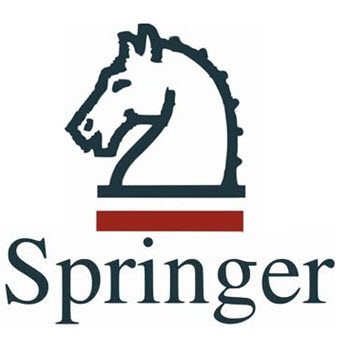Objective
Sendai Framework is an international disaster risk reduction strategy that helps prioritization of disaster risk governance in all policies, strategies, and programs. Considering its geographical location and topographic characteristics, Iran experiences numerous hazards. Natural disasters adversely affect the health of population directly through injury and death, increased physical and mental illness, displacement and disruption of social networks. In addition, Iran’s public health facilities have been increasingly impacted by such events during the last decade. This study aimed to investigate the implementation of Sendai framework in health system in Iran.
Methods
In this mixed method study, first, throughout a literature review, all documents related to Disaster Risk Management (DRM) in Iran’s health system were extracted. Then the obstacles and facilitators of DRM were found out based on the literature review and, a two-round Delphi, followed by an expert panel was performed. According to the results of the Delphi and expert panel Pareto analysis, and Fishbone model were used.
Results
85 obstacles and 33 facilitators were extracted in total, which were divided into ten groups include Coordination, Actors, Intervention, Monitoring & Evaluation, Accountability, Attitude, Context, Budget, Idea, and Content. The most important obstacles were attributable to the intervention group, the Context, and the attitudes. The most important facilitators were the intervention group, monitoring and evaluation, and then Actors, policy content and Idea.
Conclusion
Despite the existing facilitators for the implementation of the Sendai framework in Iran, there are far more obstacles along the pathway. These factors are relevant to all aspects of policy which would require long-term and continuous cultural change and educational planning.



No responses yet